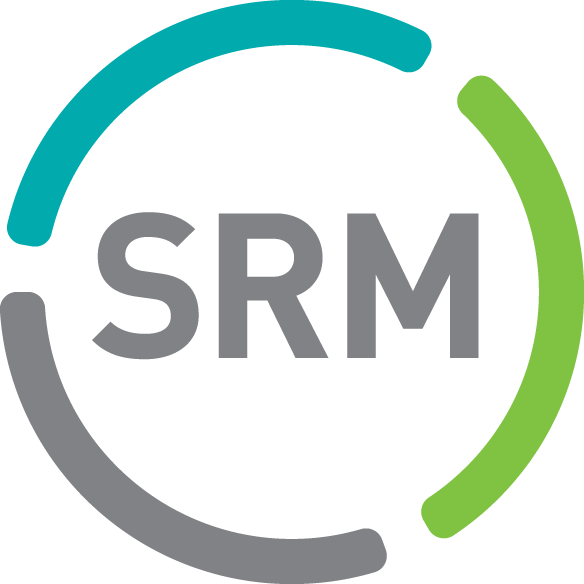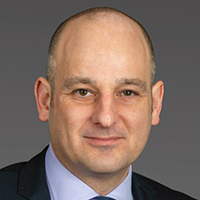
Going Macro With Strategic Plans
Brought to you by Strategic Resource Management

Financial institutions can meet higher expectations and increased demands from their retail and commercial clients by using a long-term plan, which includes a complementary technology road map.
The key to crafting a winning strategy that meets growth and maturity challenges involves identifying problems and envisioning desired results, then working your way back to your starting point.
Line of Sight
A well-developed and executed strategy should ensure alignment and understanding at all levels of staff. Cohesion within the bank keeps the end goals in focus.
It is critical that all employees, from the CEO to customer-facing staff, look through the same lens to understand the bank’s overall strategy. Customer service can suffer if communication at any level is out of sync. Once everyone has a grasp of the big picture, it is time to look at how to achieve targeted results. This requires a complete commitment from executives and directors to dedicate time to thoroughly review the bank’s business model and take a deep dive into its operations.
Conduct a systematic, evidence-based assessment of capabilities in technology, sales and service delivery to gauge how well a strategy is embedded across all levels of the bank. This is an excellent opportunity to demonstrate where a bank can add increased value and go through a transformative process.
A Meticulous Process
Banks should consider a multifaceted approach to reach their long-term strategic goals.
The first step is the foundation phase, which includes identifying the core components of the bank, along with the right stakeholders and informed commentators (those who will support the research and due diligence).
The next phase involves creating a future vision that isolates what your bank can do to prepare for the long term. Develop a road map and a technology strategy that places the customer experience front and center. Identify and prioritize initiatives with a clear order of magnitude. The road map should include midterm targets, obtainable in 2 to 3 years, and longer-term goals, with 4 to 5 year deliverables.
The road map should evaluate IT governance, risk management, core banking technologies, digital channels, and data and IT resourcing. Plan on having an extensive, detail-oriented document at the end of the process.
A Technology Directorate
Next up is a deep dive to create a robust strategy that connects necessary legacy systems to a transformational digital agenda. Bankers should consider creating a technology directorate as part of the strategic planning process, with an explicit mission to “enable all the bank does.”
The directorate should provide a stable technology platform that lets the bank deliver products and services to clients while minimizing and managing associated risks. Areas to review include application programming interface, or API, development, server storage, connectivity, and quality assurance and testing. Banks should determine who will own and oversee the technology applications, platforms, services and software they need.
The long-term plan should document processes for identifying new technology solutions, including horizon scanning for enhancements. Finally, the directorate should feature a robust and agile architecture framework that allows the bank to transition to newer platforms for delivering services.
Heavy Lifting Required
Transformation requires extensive time and resources – a thorough evaluation of all aspects of the “rest of bank” capabilities.
In one recent instance, SRM reviewed over 150 critical documents and held more than 50 stakeholder meetings that included top executives and the board. The process included more than 50 hours of workshops and a series of organizational surveys. But it identified over 50 potential initiatives split across technology opportunities and the “rest of bank” scenarios.
Transformation is an ongoing process. Plan for regular status updates to review progress reaching targets and goals, and stay open to new technologies. Doing so should help the bank boost performance and remain competitive over the long run.
Understanding the big picture – knowing what type of bank you are and what you want to become – is how your bank will avoid missteps or drifting too far away from your goals and objectives. A macro approach will also yield dividends as you align the interests of everyone within your bank, creating a unified approach to transforming your financial institution.
Learn more about SRM at srmcorp.com.


